Water rushes fast and it is opaque at the conflux of the rivers Steyr and Enns. Both come from the high mountains to the south; the Enns carries the water on into the Danube which it joins. The cities of Steyr and Enns, now comparatively small towns, designate the respective ends of their eponymous rivers. Ends? Relay stops; a kind of seeing-off and letting-go of the water. Steyr, the river’s name, from slavic stira, means a congestion, eddy, swell – phenomena that still characterise the river at this point. The water comes cold and fast out of the mountains and hits the sandy flats, churning through its serpentine course that looks like varicose veins on aerial pictures.
The Steyr and the Enns, medium-sized waterways, were once the arteries of metal and wood trade. The two are connected: already in the earliest recorded hotspots of smelting, humans created deserts in the surrounding areas as they felled the immense amounts of wood needed to feed the ovens. In Europe, smelting temperatures did not exceed 1200-1500 degrees Celsius until the mid- 19th century. In fact, the melting temperature of iron at 1539° C was avoided because cast iron becomes brittle and can no longer be hammered: such pig iron was a chemical dead end at the time. In Rennöfen, iron bloomeries, fire and heat raced upward through stacked layers of iron ore and firing wood, in a specifically-shaped oven. The ore was fired over periods of around 70 hours, urged by a bellows driven by the rushing water below or by a draft in places where smeltery builders could make use of a site in a corner with extreme winds.
To get to Steyr in 2023, one exits the fast train at Linz or St. Valentin and changes to the local S-Bahn. Except in the morning rush hour and on the weekend when the students are on their way back to Vienna with freshly washed laundry, the S-Bahn is quite empty. At Herzograth at certain times the workers of a shift come walking across a grassy area in groups, outliers of the intricate pumping and draining of human resources that pulses through the cityscapes. If industrialisation is paired generically with desertification, then modernised processes create landscapes dry of human life except for such molecular amounts, moving with dramatic effects.
The train line and the Autobahn curve through the lowlands, following the path of the river, spooning like piled scythes. Already in Celtic times, this region was a metallurgic centre and a prime source of metal for the Romans. Steel was hammered, peened, hardened and separated into different types for different uses. In the 14th century, millions of knives from Steyr were sold at the market in Pecs, in Hungary. Suppliers of provisions trekked into the mountains in Eisenerz and traded food for designated contingents of scrap ore to be carried back and traded, aside from the larger bulk loads, which were laden onto boats.
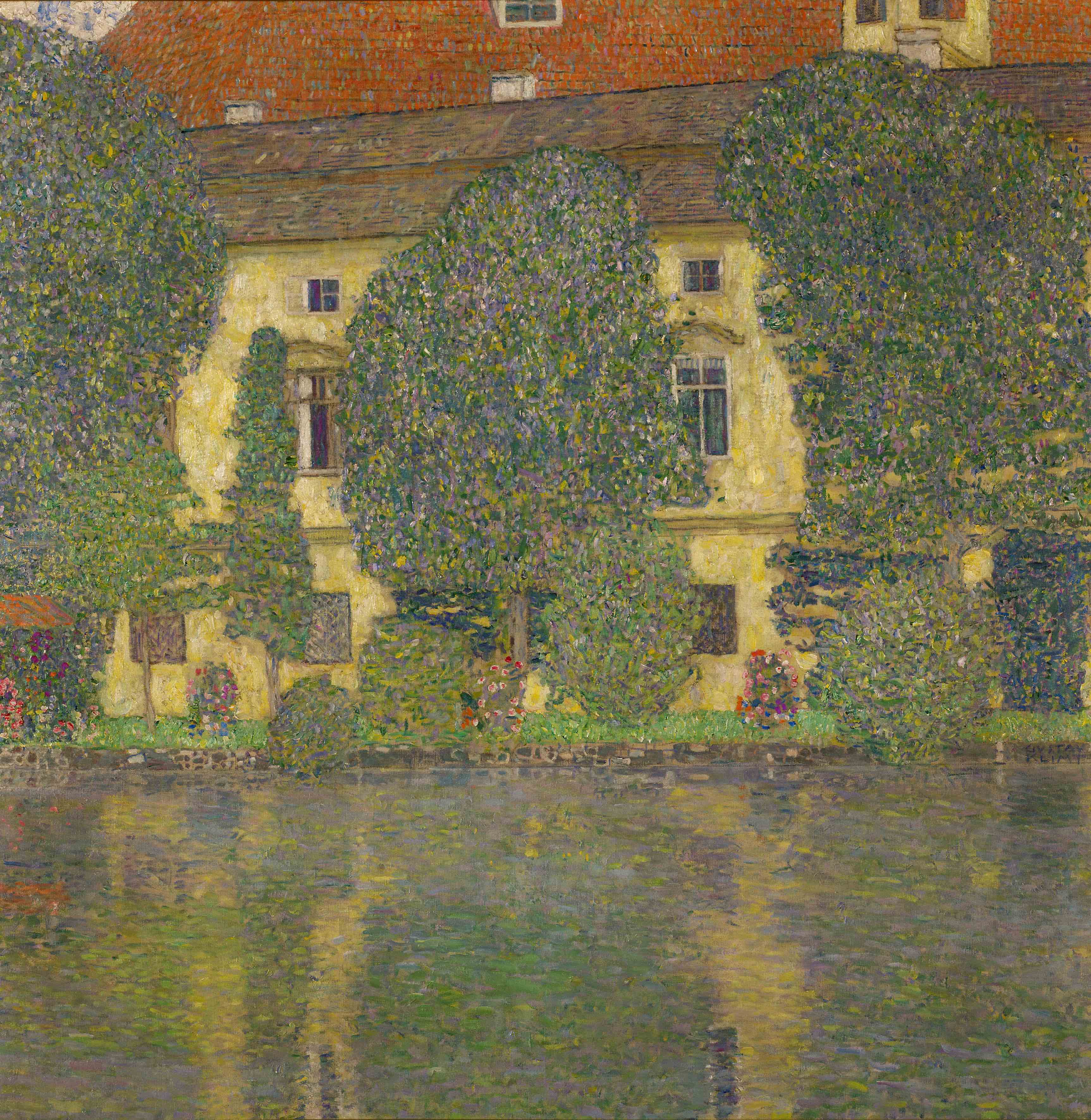
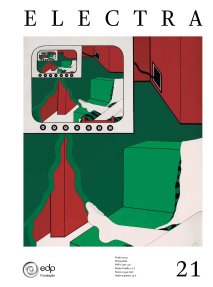

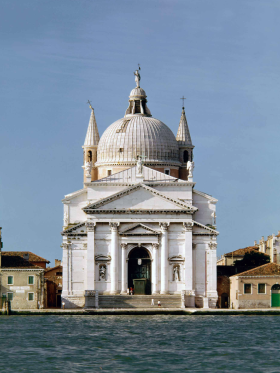
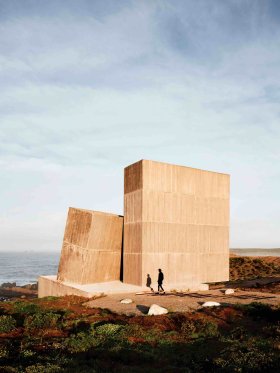
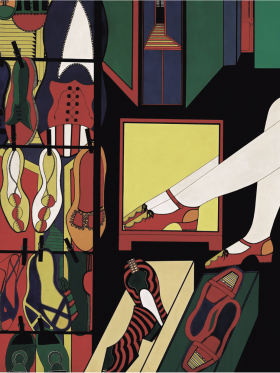
Share article